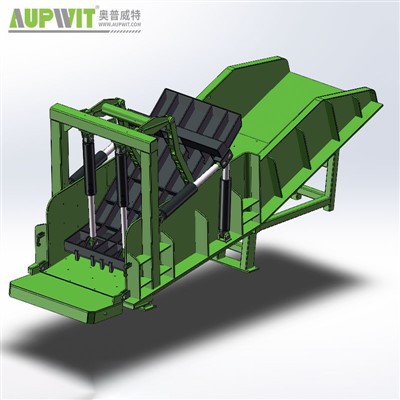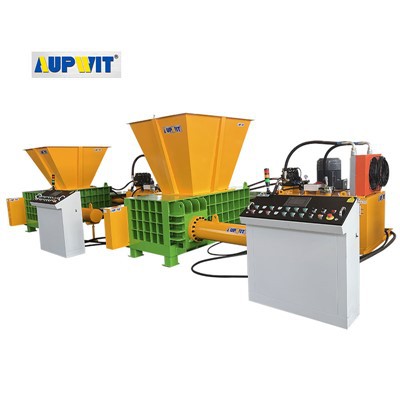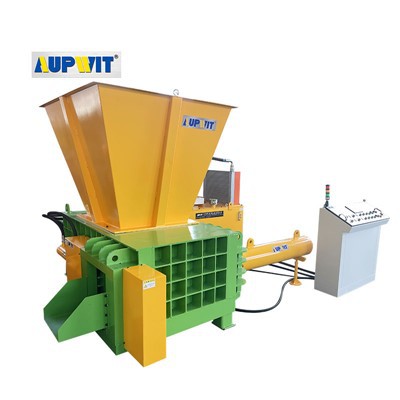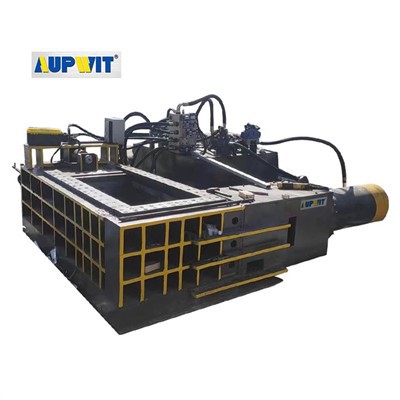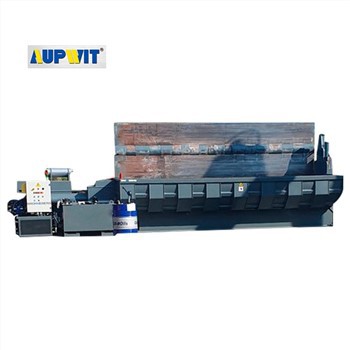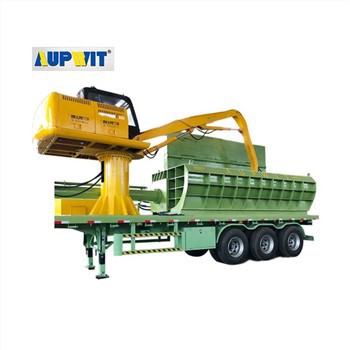Horizontal Plastic Film Baler Transportation Guide
Transporting a horizontal plastic film baler safely requires careful planning to prevent damage to the equipment, ensure road safety, and protect handlers. Follow these steps to execute a secure transport.
Prepare the Baler
Disconnect all power sources and drain fluids like hydraulic oil or coolant as specified by the manufacturer—this prevents leaks during transit. Remove detachable components such as feeding chutes, control panels, or conveyor extensions; pack these separately in padded crates to avoid scratches. Secure loose parts (e.g., bolts, hinges) with tape or zip ties.
Vehicle and Loading Equipment
Use a flatbed truck or trailer with a weight capacity exceeding the baler's total mass (check the machine's manual). Employ a forklift or crane rated for the baler's weight to load it, ensuring the lifting points align with the manufacturer's markings. Position the baler centrally on the trailer to distribute weight evenly.
Secure the Baler
Use heavy-duty ratchet straps or chains attached to the baler's reinforced anchor points (never to fragile parts). Tighten straps until the baler is immobile—aim for 4–6 securement points to minimize movement. Add padding (e.g., rubber mats or foam) between the baler and straps to prevent scratches.
Transit Protection
Cover the baler with a waterproof tarp to shield it from rain, dust, or debris. If transporting over long distances, check strap tension periodically at rest stops. Avoid sudden acceleration or braking, which can strain securements.
Unloading and Inspection
Unload with caution using the same lifting equipment. Inspect the baler for damage—check for bent frames, loose connections, or fluid leaks—before moving it to its final location. Refer to the manual for reassembly instructions to ensure all components are reinstalled correctly.
Key Qualifications for Safe Transport:
- Equipment weight must not exceed vehicle capacity
- Only use manufacturer-specified lifting points
- All securement straps must be rated for industrial use
- Operators should be certified in heavy equipment handling
- Follow all local transportation regulations
Adhering to these steps minimizes the risk of accidents, equipment damage, and delays, ensuring the baler arrives in operational condition.


